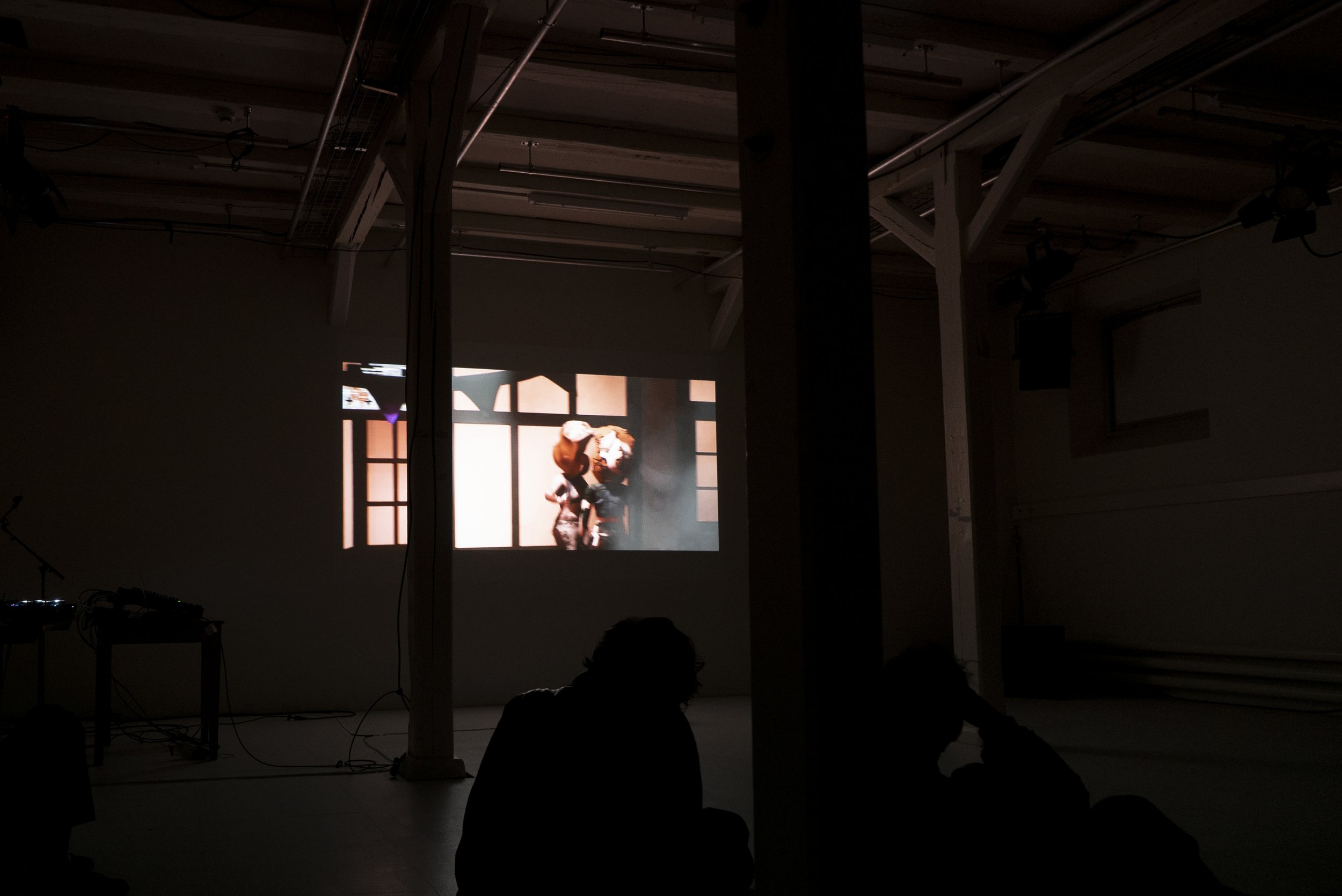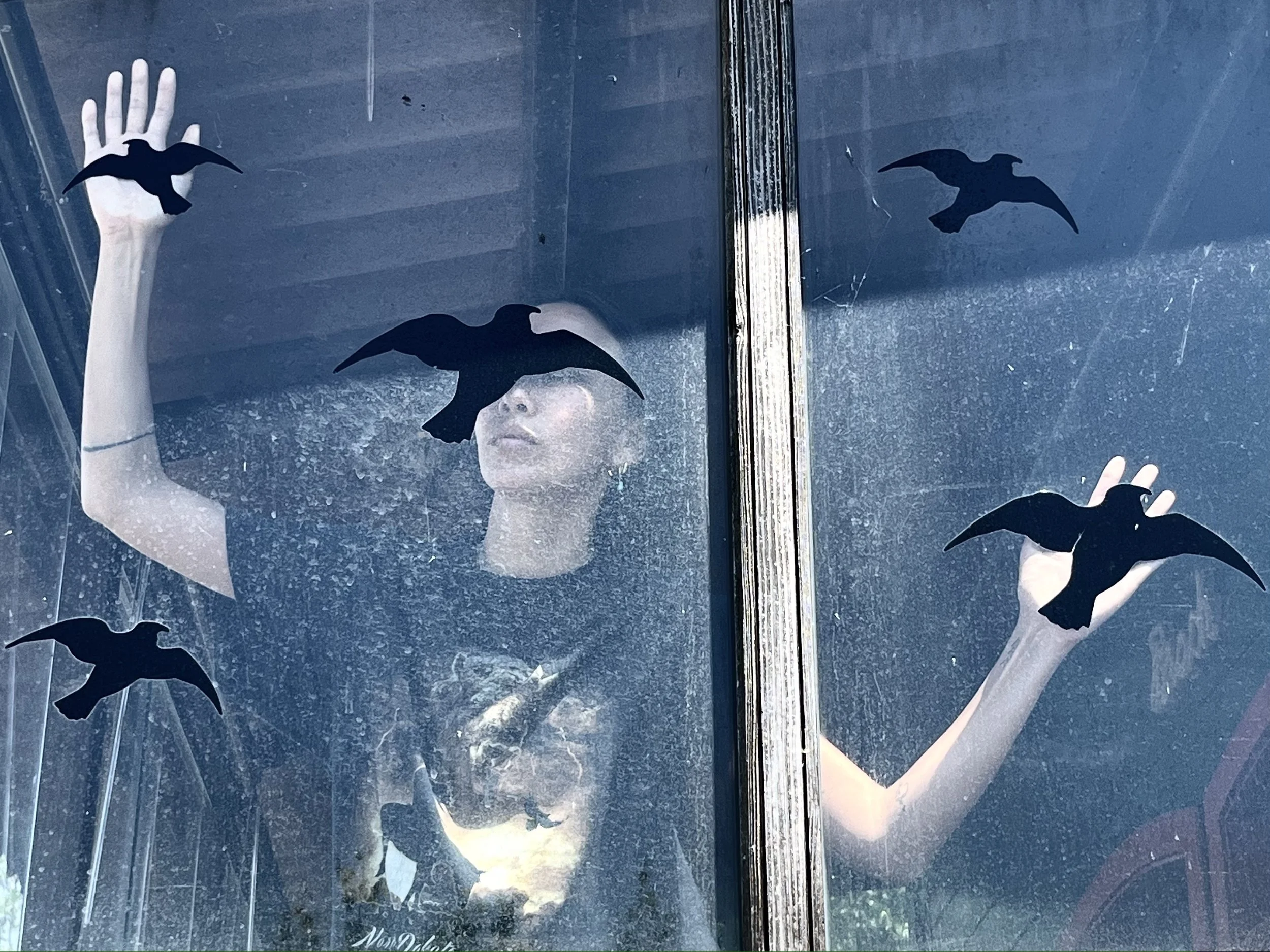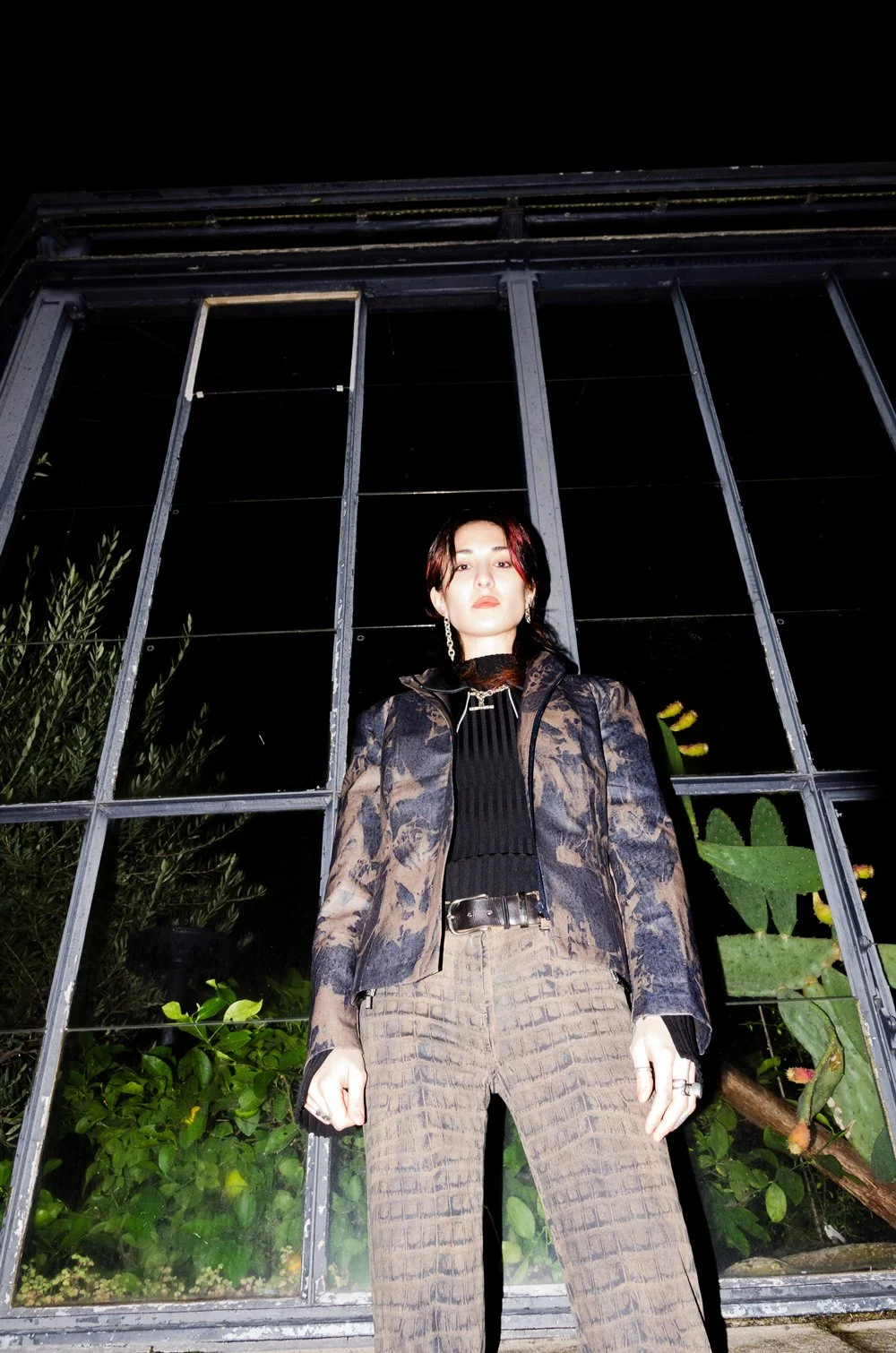From the liner notes of the 1999 CD
Translated by Misako Matsuki
"Wave Notation" was begun as an environment musical series. This music could be said to be an 'object or sound scenery to be listened to casualty. Not being music which excites or leads the listener into another world, it should drift like smoke and become part of the environment surrounding the listener's activity. In other words, it is music which creates an intimate relationship with people in everyday life. Although still somewhat uncommon, there are several examples already of this kind of music, for example Erik Satie's (1866 –1925) work, "Furniture Music" or the rock musician Brian Eno's "Ambient Series," Also, the 'object sound music is not the music of self-expression or a completed work of art, rather it is music which by overlapping and shifting changes the character and the meaning of space, things, and people.
This is the kind of music I want to make with the "Wave Notation" series. because music is not only meant to be something which exists atone, What I am attempting to do, in an overall sense, can be called `sound design'. This includes the adjustment and regulation of sounds which are proper to an environment, along with the production and composition of the music within this series. Possibly, for a given environment, just one sound would be sufficient.
'Sound design' doesn't just mean simply decorating with sounds. The creation of non-sound, a in other words silence, as in a design, if possible„ would be wonderful. There's no question that our age — in which we are inundated with sound – is unprecedented in history. The Canadian sound environmentalist and researcher Murray Schafer warns of this state of affairs in the following: "The ear, unlike some other sense organs, is exposed and vulnerable. The eye can be closed at will; the ear is always open. The eye can be focused and pointed at will; the ear picks up all sound right back to the acoustic horizon in all directions. Its only protectionis an elaborate psychological system of filtering Out undesirable sounds in order to concentrate on what is desirable. The eye points outward; the ear draws inward. it would seem reasonable to suppose that as sound sources in the acoustic environment multiply – and they are certainty multiplying today —the ear will become blunted to them and will fail to exercise its individualistic right to demand that insouciant and distracting sounds should be stopped in order that it may concentrate totally on those which truly matter."
We should have a more conscious attitude toward the sounds – other than music —that we listen to. Presently, the levels of sound and music in the environment have clearly exceeded man's capacity to assimilate them, and the audio ecosystem is beginning to fall apart. Background music, which is supposed to create 'atmosphere', is far too excessive. In our present condition, we find that within certain areas and spaces, aspects of visual design are well attended to, but sound design is completely ignored. It is necessary to treat sound and music with the same level of daily need as we treat architecture, interior design, food, or the air we breathe. In any case, the "Wave Notation" series has begun. I hope it will be used and judged for what I had in mind as 'sound design', but of course the listener is free to use it in any way. However, I would hope this music does not become a partner in crime to the flood of sounds and music which inundate us at present.
The first edition of this album was released in 1982 on LP. I composed "Music for Nine Post Cards" while catching the waves of scenery out of the window and feeling the sounds form. Images of the movement of clouds, the shade of a tree in summer time, the sound of rain, the snow in a town, with those rather quiet sound images, I sought to add the tone of ink painting to the pieces.
Differing from the minimal musical style in my former piece" Clouds for Alma- for two koto harps" (1978), in this music a short refrain is played over and over while it changes its form gradually just like clouds or waves, based on the sound fragments noted on the 9 postcards. I put the first fragment of the sound, a seed or a stone as it were, to seek the "prime number" of the sound.
One day when I was composing this piece, I visited the brand-new contemporary art museum in the North Shinagawa area I took to its snow-white Art-Deco style, but not only that, I was also deeply impressed and moved by the trees in the courtyard which can be seen through the museum's large window. At that moment, I imagined how it would sound if were to play my developing album there. Could it possibly be one of the best sounds that fit this environment? This idea developed into the strong desire to carry it out.
Finishing the mixing, recording it on cassette tape, I visited this museum again. They gladly accepted such an unknown composer's request and said "OK, let's try to put it on in the museum." That made me so happy and encouraged me. After a few weeks, 1 received a phone call from this museum, where staff were often asked by the visitors "Where can I get this music?" On hearing those words, my desire to publish a record with those sounds was getting stronger and stronger. I decided to consult with Mr. Ashikawa about this. He said that he would start up a record label to present this new sound. in this way, "Music for Nine Post Cards" was released as the first LP record of the "Music Notation for waves" series.
This was followed by Mr. Ashikawa's "Still Way". This label's first attempt to present environmental music in Japan was taken up in many magazines. Although this album was a small publication by a minor label, I am very happy that not a few people still remember it. Now this album is being reprinted. I'm looking forward to the reaction of the people who are going to listen to this music for the first time. The Nine Post Cards which were sent from outside of a window. I hope this sound scenery makes quiet ripples.
Play the piano while watching scenery out of a window Transcribe the fragments of the scenery or the sound Mail these transcribed fragments.
This 'mail event' had its beginning when I sent "Clouds for Alma" to a friend in Holland in 1977. Because the transcription consisted of a short, one measure phrase, it lit just right on a post card. Afterwards, this event was repeated, transcribed onto a card, and I enjoyed sending these cards to my friends. In this music, a short phrase is played over and over while it changes its form gradually. Therefore, it flows freely as a fragment of scenery. Part of what has been recorded here has been used for dance performance, background music for art museums, and sometimes as reference' in searching for ideas. The nine pieces collected in this album, "Music for Nine Post Cards" are all recent works. l will be happy if, when you enjoy this album, the surrounding scenery can be seen in a slightly different light.






























